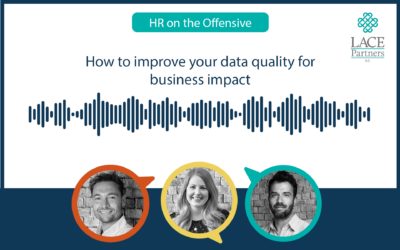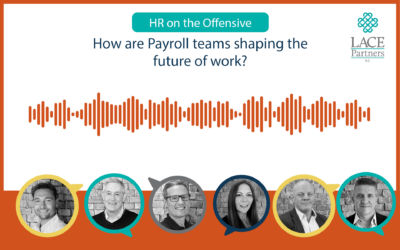In late June, around 20 members of the People and Workforce community gathered for a dinner and shared experiences and lessons-learned from their organisations. In this blog we cover some of the discussion topics and views shared by the attendees.
People analytics and strategic workforce planning
In the past, People Analytics (PA) and Strategic Workforce Planning (SWP) were treated as different disciplines, and were carried out by different teams with only limited sharing of data, tools and objectives. As organisations focus more on how insights about people can drive business outcomes, there is now an increasing realisation that SWP and PA should become much more closely aligned or even integrated.
With any organisation undertaking SWP, it’s clear that it’s important to get the foundations right first. PWA can play an important role in understanding the existing workforce, their current roles and responsibilities and trends in terms of hiring, retention and demographics. This requires a considered effort and solid framework. Looking at the who, what, where and why of your workforce is a good starting point.
SWP can be a complex exercise, often joined to financial planning where organisations tried to understand trends in workforce demand (usually driven by the financial plan) and workforce supply (driven by workforce trends). Scenario planning lets the organisation see where there might be workforce gaps and identify actions to address risks or to take advantage of opportunities. This type of SWP requires a lot of effort and engagement from HR and the business. Few organisations have the ambition or capability to carry out this type of SWP on a scalable and repeatable basis. This has led to a certain level of caution and scepticism in the market about SWP.
What is skills-based workforce planning?
We discussed the difference between skills-based and capacity-based workforce planning. There was an understanding that many organisations are aspiring for a more skills-based approach to strategic workforce planning. Understanding the unique set of skill-sets belonging to individual employees can boost internal mobility, cut hiring costs and build rewarding career paths for happy employees. Increasingly we are seeing organisations focus on critical roles and skills and using market datasets to inform how they evolve their workforce talent and skillset.
A question posed to the group was: “Could you take the numbers away from strategic workforce planning?” This would allow clients to focus more on how work, roles and skills were changing supporting a skills-based approach to workforce planning and focus on those areas of the workforce that are most critical to the future business performance.
With change as the only constant (happening at increasing velocity) we discussed when organisations might look to vary the mix of the workforce between employees, contractors and outsourcing.
The analytics behind hybrid-working
We discussed the conflicting views around productivity and hybrid-working. Strategies organisations were using ranged from monitoring badge swipes in and out of offices to incentives, such as doughnut Friday and providing staff meals to improve the employees experience.
It was clear that using attendance data to understand what percentages of teams were in the office needed to be combined with other points to create meaningful insights. But what of a trust-based, outcomes-driven performance culture? And can hybrid working arrangements be decided on an individual or team basis, but still be fair?
It was underlined how organisations, no matter their position on hybrid, should tread carefully. Surveillance style analytics and pushy policy-making based on leadership preference and not evidence could cause reputational issues and severely impact engagement with employees, candidates and customers, and lead to brand and regulatory consequences. On the other hand, using analytics to understand what employees value and making investments to introduce improvements and mitigate pain points could be in both the employee and employer’s interest.
Accepting that all changes to ways of working result in a certain number of leavers, it was also clear that several organisations had strategies to build corporate alumni networks with a hope to re-attract employees in the future and not lose out on potential customers through burnt bridges. Emphasis was put on the importance of a strong offboarding and long-term engagement strategy, linking back to our previous discussion on skills and how they can be transferred to future roles.
What does a joined-up future look like?
We know from the People Analytics community and conversations with our clients and the market that wider business transformation has come to people analytics. Given the heavy workload of many teams, there will be a temptation to retreat and focus on HR customers and building foundations and enablers. However business transformation represents a substantial opportunity for People Analytics teams to build their profile, the value they add and provide a rationale in increased investment in the team and other enablers such as data and technology.
We would encourage People Analytics teams to be attuned to the business transformation agenda and to direct their efforts in making sure that they provide insights so that people and workforce decisions are made based upon evidence rather than gut feel.






